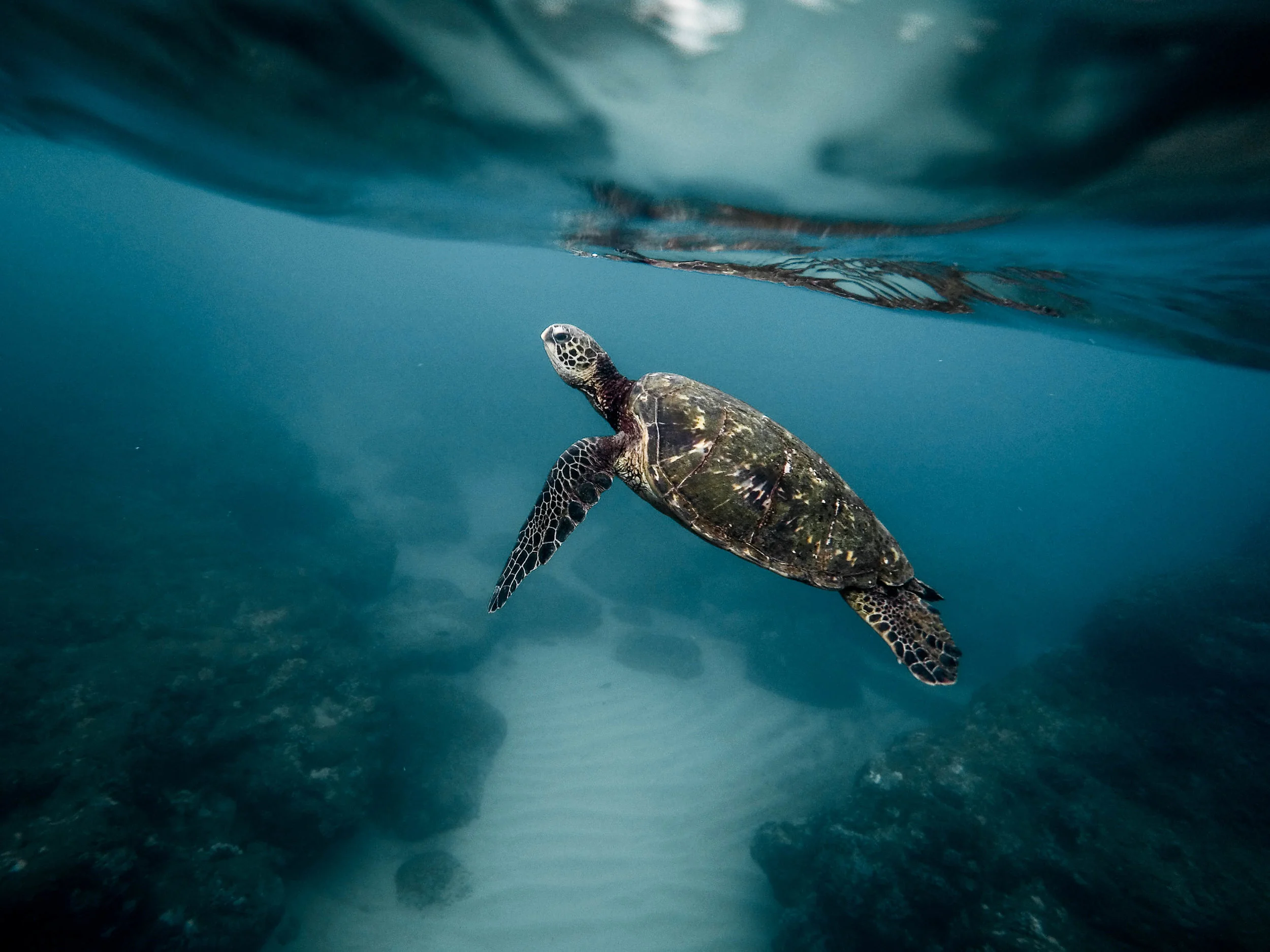Believe it or not, we are still recovering from the most recent ice age that occurred between 21,000 and 11,500 years ago. And yet, in the past 200 years, the Earth's average global temperature has risen by 0.8 ºC at a rate more than ten times faster than the average ice-age recovery rate.1 This increase in global temperature, which shows no signs of slowing down, will have tremendous consequences for our planet’s biodiversity and overall ecology.
Climate change is caused by three main factors: changes in the position of the Earth’s continents, variations in the Earth’s orbital positions, and increases in the atmospheric concentration of “greenhouse gases”, such as carbon dioxide.2 In the past 200 years, the Earth’s continents have barely moved and its orbit around the sun has not changed.2 Therefore, to explain the 0.8 ºC increase in global average temperature that has occurred, the only reasonable conclusion is that there has been a change in the concentration of greenhouse gases.
After decades of research by the Intergovernmental Panel on Climate Change (IPCC), this theory was supported. The IPCC Fourth Assessment Report concluded that the increase in global average temperature is very likely due to the observed increase in anthropogenic greenhouse gas concentrations. Also included in the report is a prediction that global temperatures will increase between 1.1 ºC and 6.4 ºC by the end of the 21st century.2
Though we know what is causing the warming, we are unsure of its effects. The geologists and geophysicists at the US Geological Service (USGS) are attempting to address this uncertainty through the Pliocene Research, Interpretation, and Synoptic Mapping (PRISM) program.3
The middle of the Pliocene Era occurred roughly 3 million years ago-- a relatively short time on the geological time scale. Between the Pliocene era and our current Holocene era, the continents have barely drifted, the planet has maintained a near identical orbit around the sun, and the type of organisms living on earth has remained relatively constant.2 Because of these three commonalities , we can draw three conclusions. Because the continents have barely drifted, global heat distribution through oceanic circulation is the same. Additionally, because the planet’s orbit is essentially the same, glacial-interglacial cycles have not been altered. Finally, because the type of organisms has remained relatively constant, the biodiversity of the Pliocene is comparable to our own.
While the eras share many similarities, the main difference between them is that the Pliocene was about 4 ºC warmer at the equator and 10 ºC warmer at the poles.4 Because the Pliocene had similar conditions to today, but was warmer, it is likely that at the end of the century, our planet’s ecology may begin to look like the Pliocene. This idea has been supported by the research done by the USGS’s PRISM.3
It is a unique and exciting opportunity to be able to study a geological era so similar to our own and apply discoveries we make from that era to our current environment. PRISM is using multiple techniques to extract as much data about the Pliocene as possible. The concentration of magnesium ions, the number of carbon double bonds in organic structures called alkenones, and the concentration and distribution of fossilized pollen all provide a wealth of information that can be used to inform us about climate change. However, the single most useful source of such information comes from planktic foraminifera, or foram.5
Foram, abundant during the Pliocene era, are unicellular, ocean-dwelling organisms adorned with calcium shells. Fossilized foram are extracted from deep-sea core drilling. The type and concentration of the extracted foram reveal vital information about the temperature, salinity, and productivity of the oceans during the foram’s lifetime.5 By performing factor analysis and other statistical analyses on this information, PRISM has created a model of the Pliocene that covers both oceanic and terrestrial areas, providing a broad view of our planet as it existed 3 million years ago. Using the information provided by this model, scientists can determine where temperatures will increase the most and what impact such a temperature increase will have on life that can exist in those areas.
Since its inception in 1989, PRISM has predicted, with proven accuracy, two main trends.The first is that average temperatures will increase the most at the poles, with areas nearest to the equator experiencing the least amount of temperature increase.5 The second is that tropical plants will expand outward from the equator, taking root in the middle and higher latitudes.5
There are some uncertainties associated with the research behind PRISM. Several assumptions were made, such as the idea of uniformitarianism, which states that the same natural laws and physical processes that occur now were true in the past. The researchers also assumed that the ecological tolerances of certain key species, such as foram, have not significantly changed in the last 3 million years. Even with these normalizing assumptions, an important discrepancy exists between the Pliocene and our Holocene: the Pliocene achieved its temperature at a normal rate and remained relatively stable throughout its era, while our temperatures are increasing at a much more rapid rate.
The film industry has fetishized climate change, predicting giant hurricanes and an instant ice age, as seen in the films 2012 and The Day After Tomorrow. Fortunately, nothing as cataclysmic will occur. However, a rise in global average temperature and a change in our ecosystems is nothing to be ignored or dismissed as normal. It is only through the research done by the USGS via PRISM and similar systems that our species can be prepared for the coming decades of change.
References
- Earth Observatory. http://earthobservatory.nasa.gov/Features/GlobalWarming/page3.php (accessed Oct. 1, 2016).
- Pachauri, R.K., et. al. IPCC 4th Assessment 2007, 104.
- PRISM4D Collaborating Institutions. Pliocene Research Interpretation and Synoptic Mapping. http://geology.er.usgs.gov/egpsc/prism/ (Oct. 3, 2016).
- Monroe, R. What Does 400PPM Look Like?. https://scripps.ucsd.edu/programs/keelingcurve/2013/12/03/what-does-400-ppm-look-like/ (accessed Oct. 19, 2016).
- Robinson, M. M., J. Am. Sci. 2011, 99, 228



